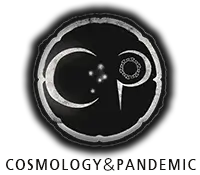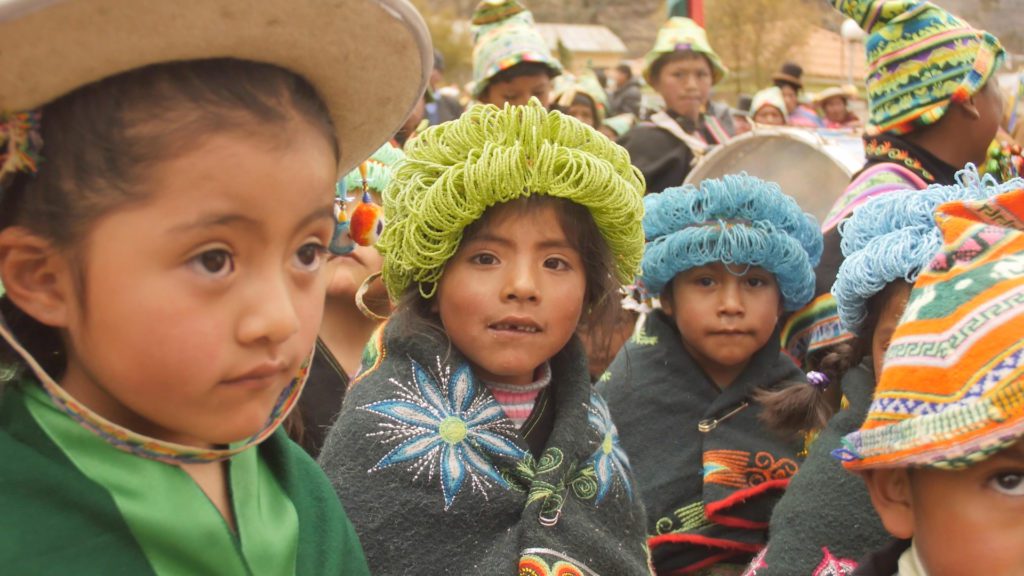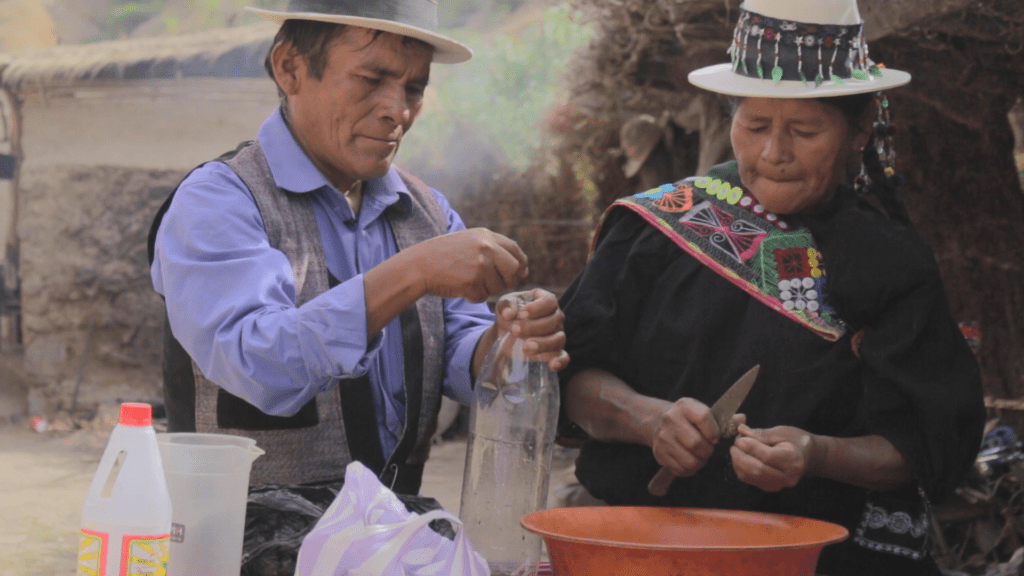The Esperanza Project, together with the support of the Pulitzer Center on Crisis Reporting and The One Foundation, presents the long-awaited transmedia project, Legacy of the Andes. This epic journey through six ancestral cultures, beginning at the height of the recent pandemic and continuing to the present day, is Part II of The Esperanza Project’s Cosmology & Polycrisis series (formerly Cosmology & Pandemic), featuring high-quality documentary films and in-depth journalism.

This series of stories is a part of Legacy of the Andes, the long-awaited second part of the Cosmology & Polycrisis transmedia series, produced by The Esperanza Project with support from the Pulitzer Center on Crisis Reporting and The One Foundation. Watch the accompanying film, read related stories, download the book and explore the entire transmedia series here.
For more on the Legacy of the Andes film, see below. This page, however, is primarily to connect you to the Legacy of the Andes book and the six journalistic stories that delve deeper, introducing you to the characters and communities presented in the film.
Para leer este artículo en Español ve a Cosmovisión y Policrisis: El Legado de los Andes
The Q’ero: The Last Ayllu of the Inka

High up in the Andean mists near the sacred mountain of Wamanlipa, a long day’s journey from Cusco, lie the windswept communities of the emblematic Q’ero people, believed to be the last living descendants of the Inka. Hatun Q’ero, the most remote of the five Q’ero communities, wasn’t reachable by road until 2017.
The ruggedness of the landscape and the altitude, up to more than 4,400 meters (14,000 feet) above sea level, was enough to insulate the people from the Spanish conquest and then from Peruvian interference, and has allowed them to keep their profoundly spiritual culture intact. It also helped to keep Covid at bay – for a while. But it has been the peoples’ own defenses, their medicinal plants, and their reciprocal relationship with the forces of Nature and each other that has helped them to recover with no major casualties.
Meet Q’ero priest Don Pablino, pay a visit to householders Juan and Juana, read the reflections of one of the last altomisayoq or high priests of the Q’ero people and much more in The Q’ero: The Last Ayllu of the Inka.
The Kallawaya: Doctors of the Inka

As the pandemic rolled out across Bolivia, one community stood out in their response to the virus. The Kallawaya – an ancient herbalist community of itinerant healers known as the doctors of the Inka – spread an image of hope through the crisis with their red striped ponchos and bags full of healing plants.
The Kallawaya have been distinguishing themselves as accomplished healers since at least 400 A.D., performing brain surgery as early as 700 A.D. Some historians credit them with being the first to discover quinine, an alkaloid extracted from the bark of the cinchona tree, to treat malaria and other tropical diseases; indeed, these traveling medics earned a place in history during the construction of the Panama Canal, where they saved thousands of lives with quinine before the Western world had developed a cure for the devastating disease.
Meet Azucena Paucar Pari, daughter of two Kallawaya traditional doctors, who works as a teacher by day, but put her deep healing knowledge to work during the crisis; traditional Kallawaya doctors like Aurelio Ortiz, Alipio Cuila Barrenoso and Pedro Huaqui Silicuana; and herbalist/midwife Roberta Quispe Mamani in The Kallawaya: Doctors of the Inka.
The Qhara Qhara: Befriending the Enemy

Tata Erasmo Gartesullo’s healing arts are based on a profound study of nature, generations of trial and error, and handed down through the centuries, each practitioner adding his or her own special touch. Like the medicines of the Kallawayas, some 800 kilometers to the north, those of the Qhara Qhara involve a blend of plants that boost the immune system and treat the complex of symptoms that typically arise.
Many in Tata Erasmo’s community of Poroma were infected with the virus, but few became gravely ill. Of those who went to receive care in the hospitals of the closest city, Sucre, there were several fatalities — but of those who stayed in the community and treated the illness with traditional medicines, at the time of the interview in November 2020, there is no record of any deaths.
Learn more about the Qhara Qhara people, their fight against the Covid-19 pandemic, and their much longer battle to control their own territory in The Qhara Qhara: Befriending the Enemy.
The Salasaka: Weaving Wisdom, Healing and Tradition

The origins of the Salasaka people are shrouded in mystery; their roots come from the Aymara of the highlands in what is now Bolivia, where they resisted subjugation under Inca rule. Eventually they were dispossessed of their lands, becoming mitimaes, from the kichwa word “mitmaq,” or “exile,” to describe people forcibly relocated by the Inca empire. They migrated some 500 years ago in the foothills of the Ecuadorian Andes, under the protection of what was to become their sacred Apu, or guardian mountain, Teligote.
There they have dwelled for half a millennium, coming to be known for their exquisite weavings and for the rich traditions they have preserved over the centuries. The Salasaka still speak runa shimi (or kichwa); they still spin their own thread, make their own instruments, and save their own muyu (native seed). They also learn to heal – sophisticated techniques developed over thousands of years using plants, animals and the powerful teachings of their own Andean cosmovision.
Dr. Raymy Chiliquinga, a Yachak or spiritual guide who is also a neuropsychologist, professor at the Amawtay Wasi Intercultural University and Salasaka traditional healer, shares his perspectives and a bit of his healing strategy, as does Alonso Pilla, a traditional weaver, musician and host to the world as the owner of a modest hostel and cultural center. Meet them and other Salasaka community members in The Salasaka: Weaving Wisdom, Healing and Tradition.
The Lickanantay: “We Don’t Want to Be a Sacrifice Zone”

Deep in the otherworldly landscape of Northern Chile’s Atacama Desert – the world’s driest non-polar territory – the Atacameño or Lickanantay people managed a delicate balance for more than 12,000 years, developing a sophisticated civilization in collaboration with the land and the cosmos that provided its inhabitants with abundance and beauty despite the harsh conditions.
Industrialization upended that balance, and the Atacama desert is now being mined as one of the world’s biggest sources of copper and, more recently, lithium. As the Global North’s response to climate change pushes to replace petroleum-powered transportation with electric vehicles, an ancient and unique ecosystem and a culture that has tended it for millenia are facing obliteration.
Meet the Indigenous people and scientists who are pushing back against the lithium juggernaut in The Lickanantay: “We Don’t Want to Be a Sacrifice Zone.”
The Mapuche: Cultural Survival in the South

The Mapuche people of southern Chile and Argentina call their southern homeland Wallmapu; but most of the world knows it as Patagonia. The Mapuches hold a deeply spiritual relationship with the Earth. Their very name “Mapuche” incorporates that idea (mapu means “Earth” and che means “person”). That relationship lies at the heart of healing for the Mapuche. Given the massive dispossession of their people by the State and private businesses for resource extraction, they have suffered spiritually as well as materially and have mobilized continuously since the times of colonization to defend their lands.
This has led to a deep challenge for Mapuche healers, who were repressed during the pandemic and prevented from collecting their medicines and holding their ceremonies. Resistance prevailed, however, and their medicine saved many lives.
Learn more about the Mapuche people, their beliefs and their struggles in The Mapuche: Cultural Survival in the South.
Previous page Next page